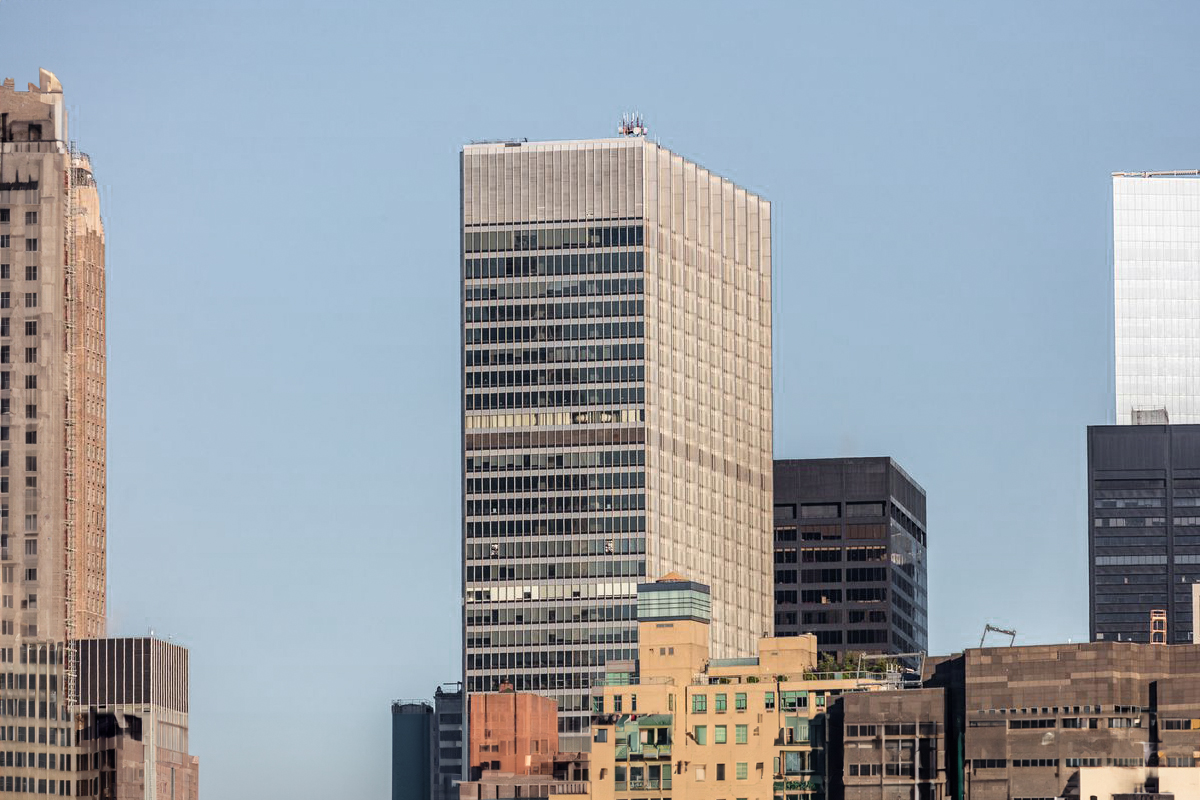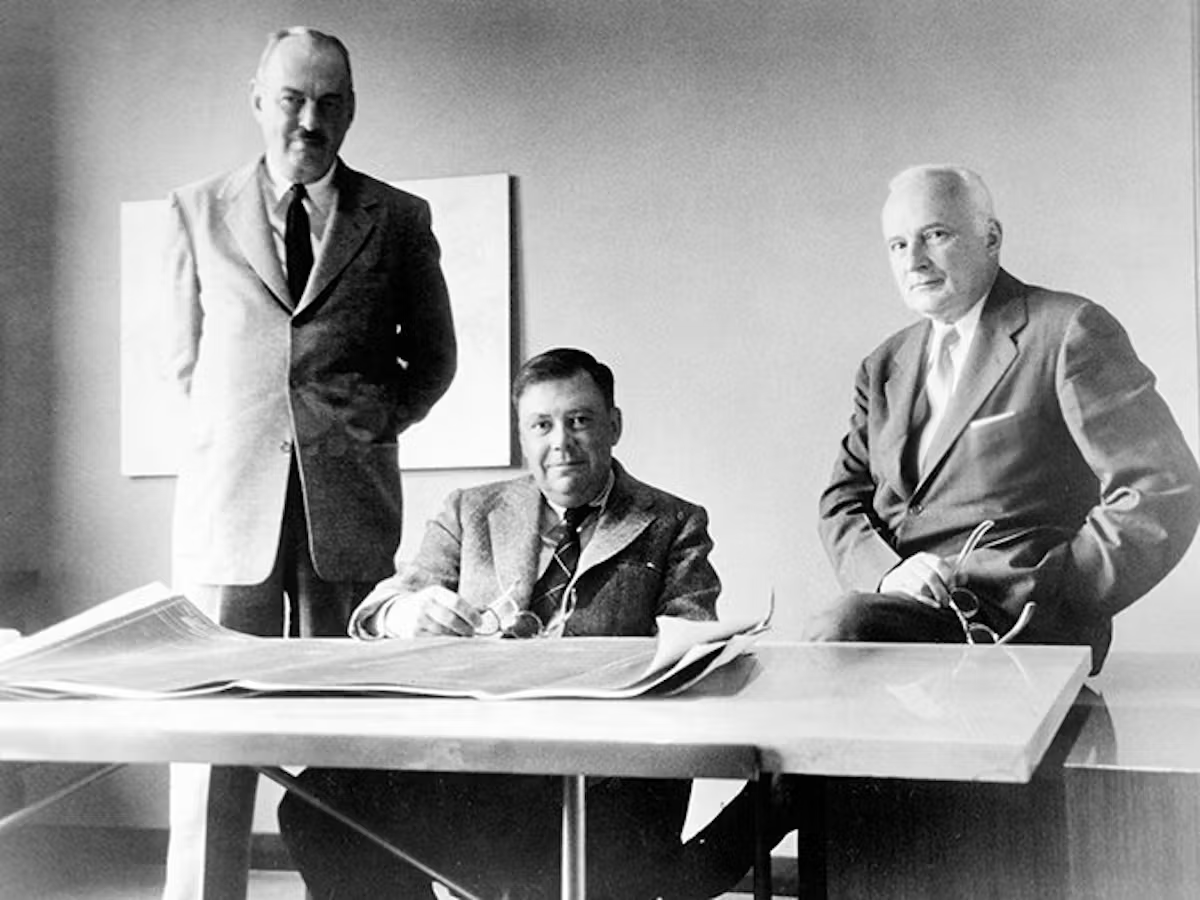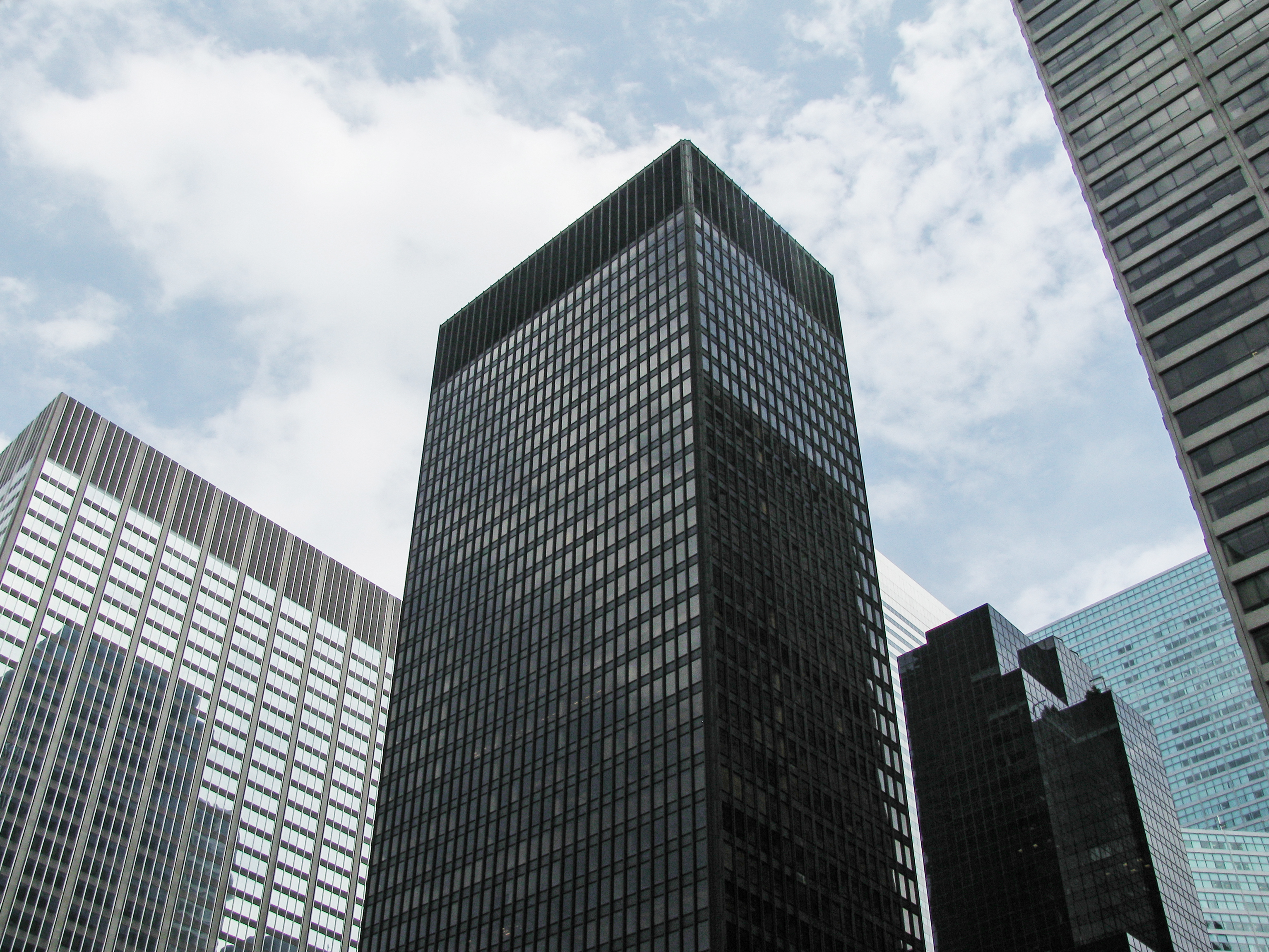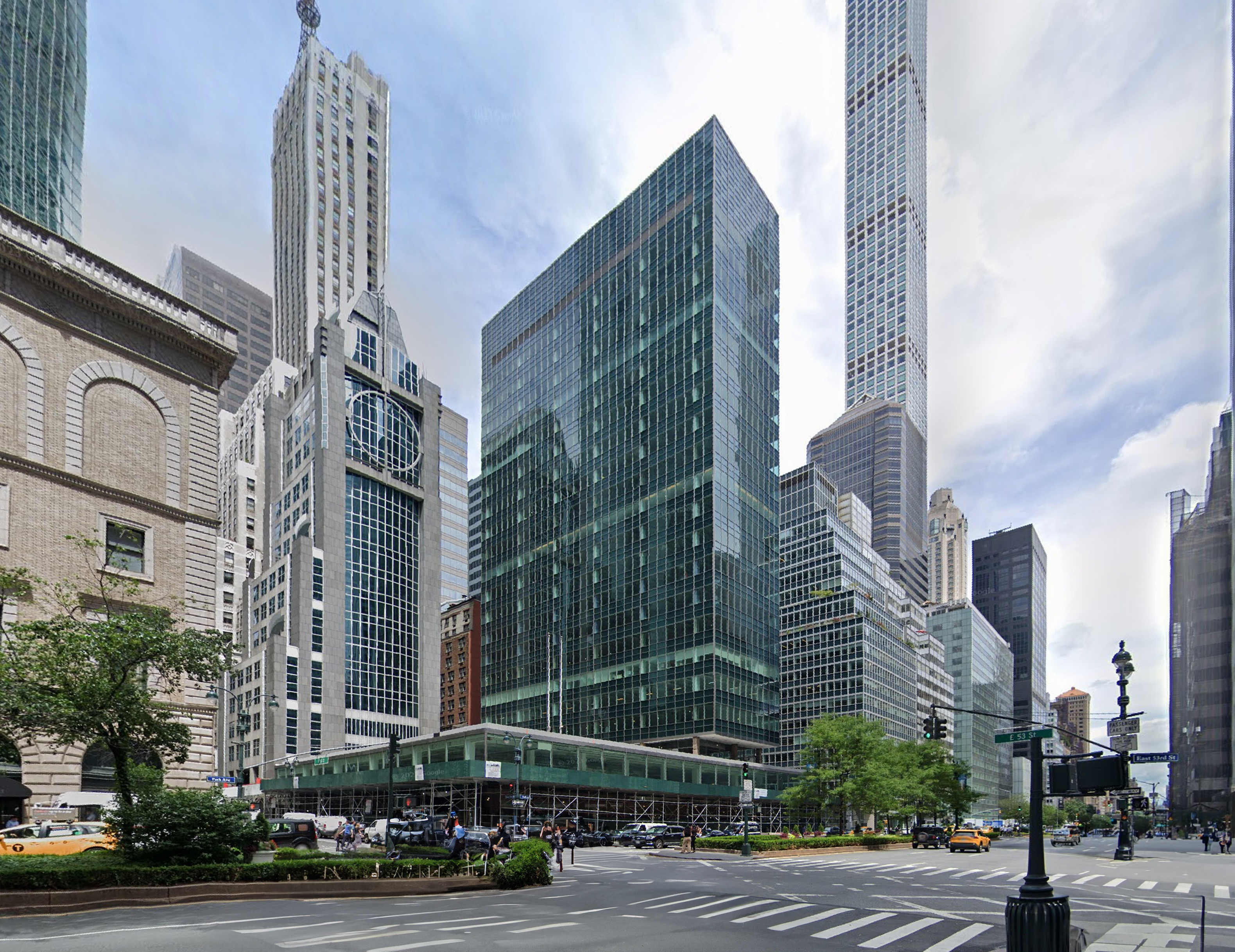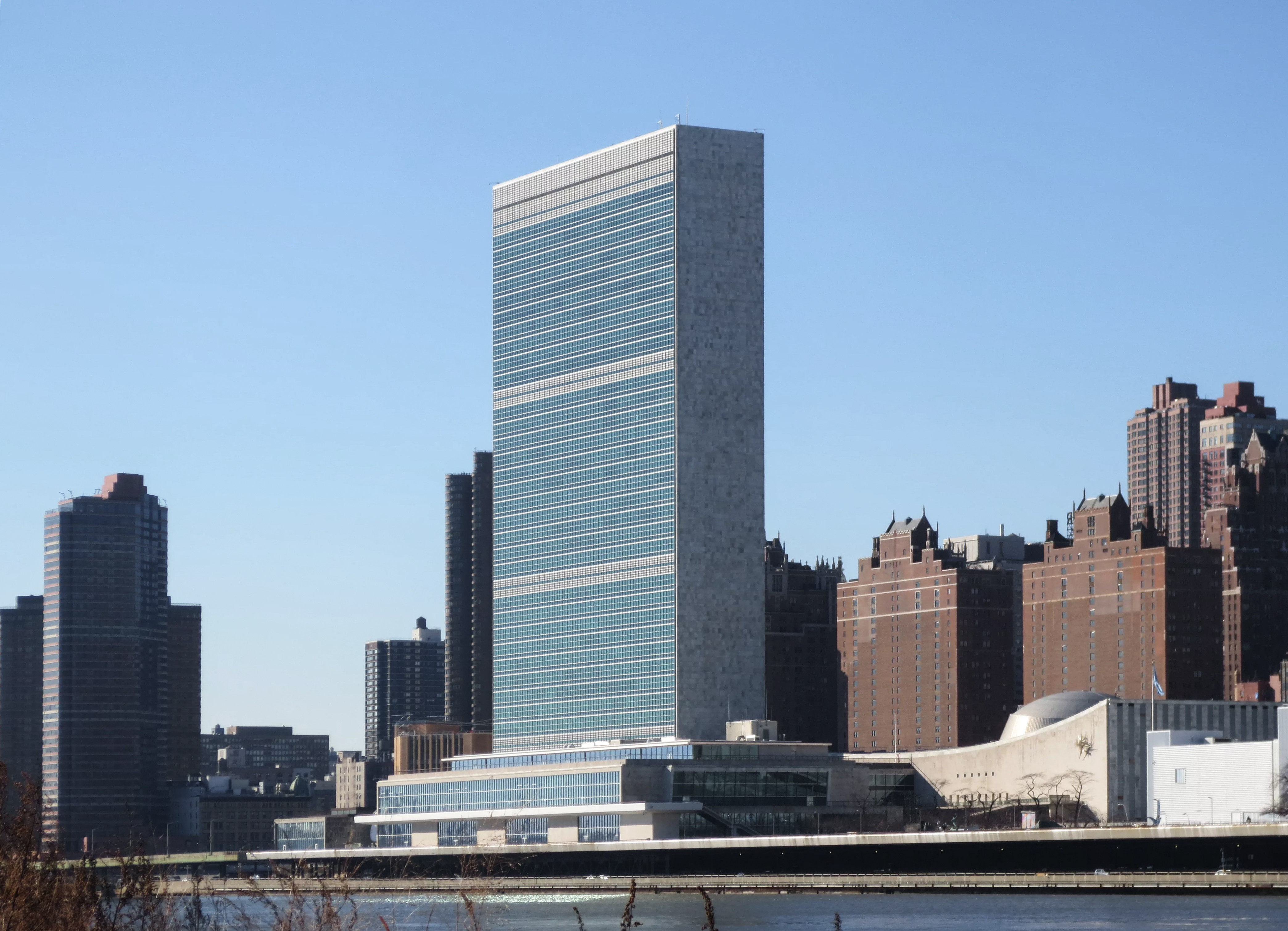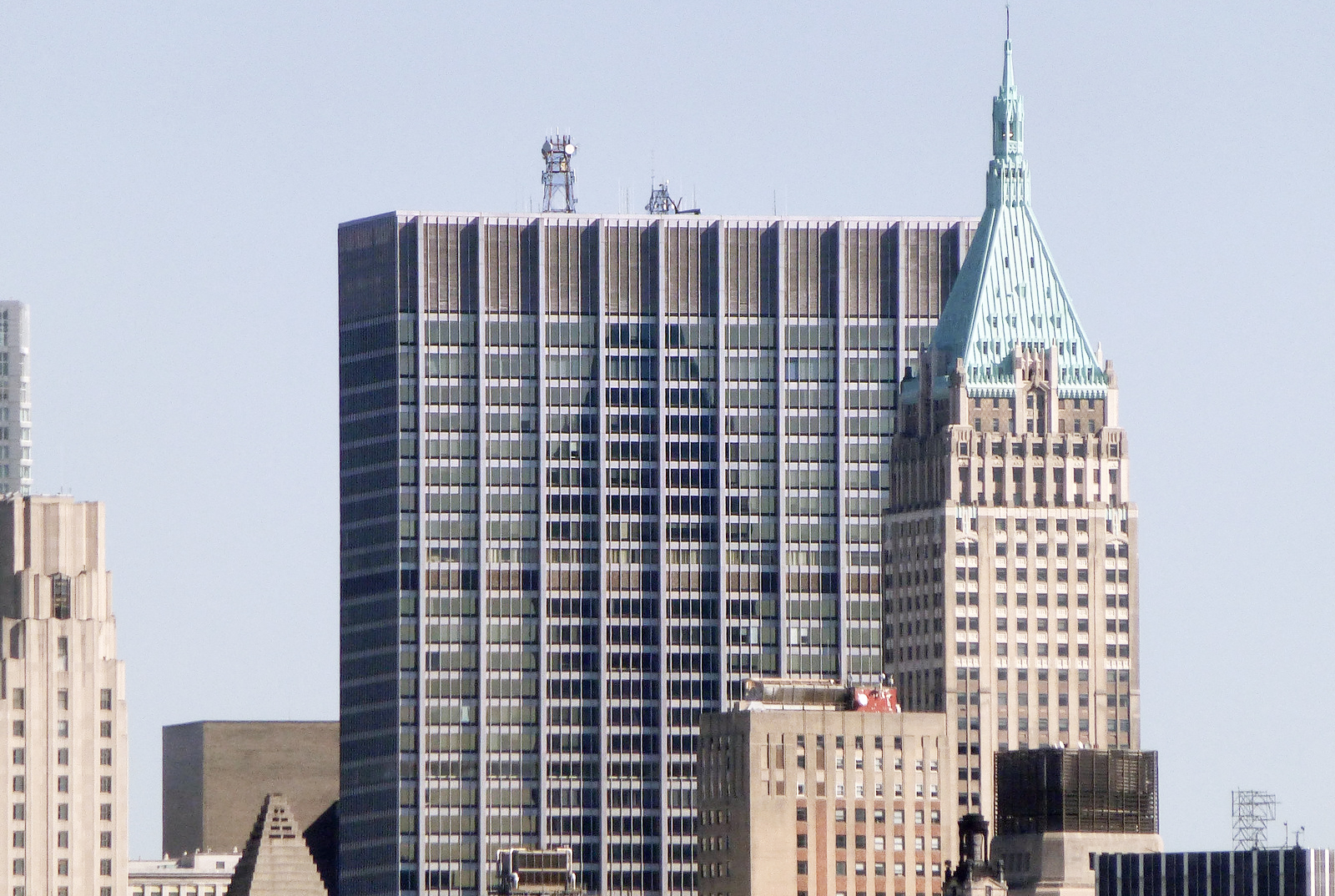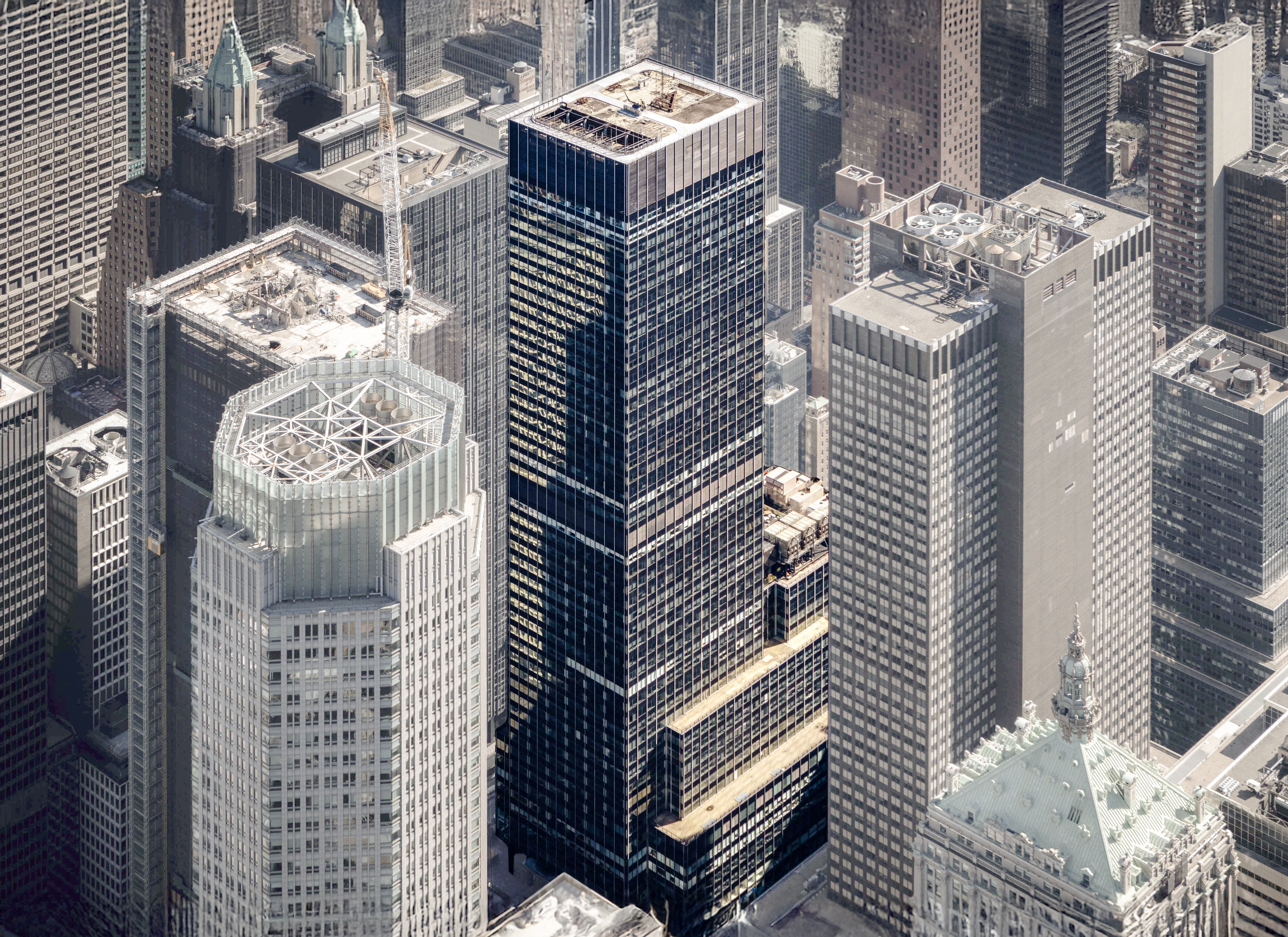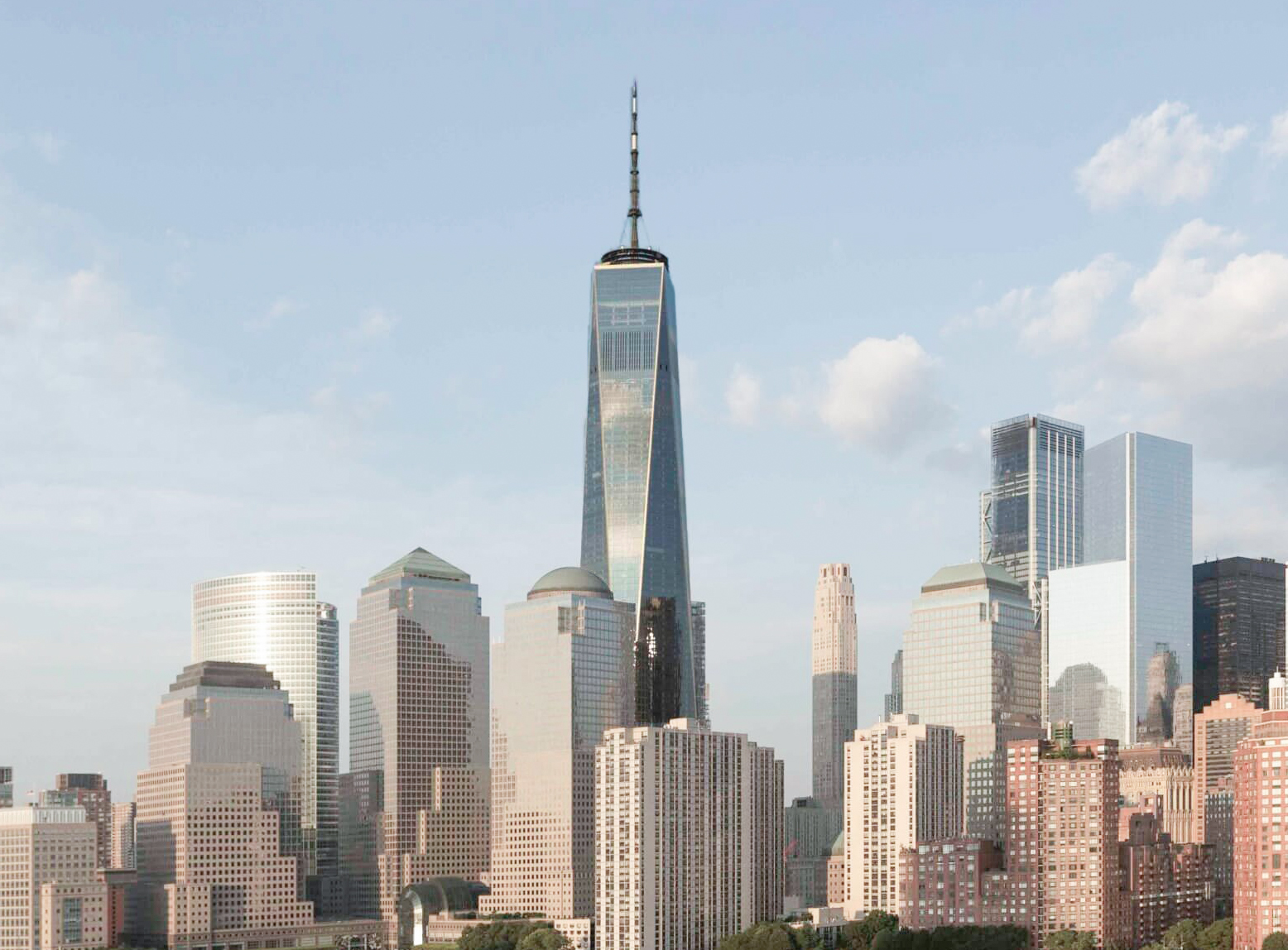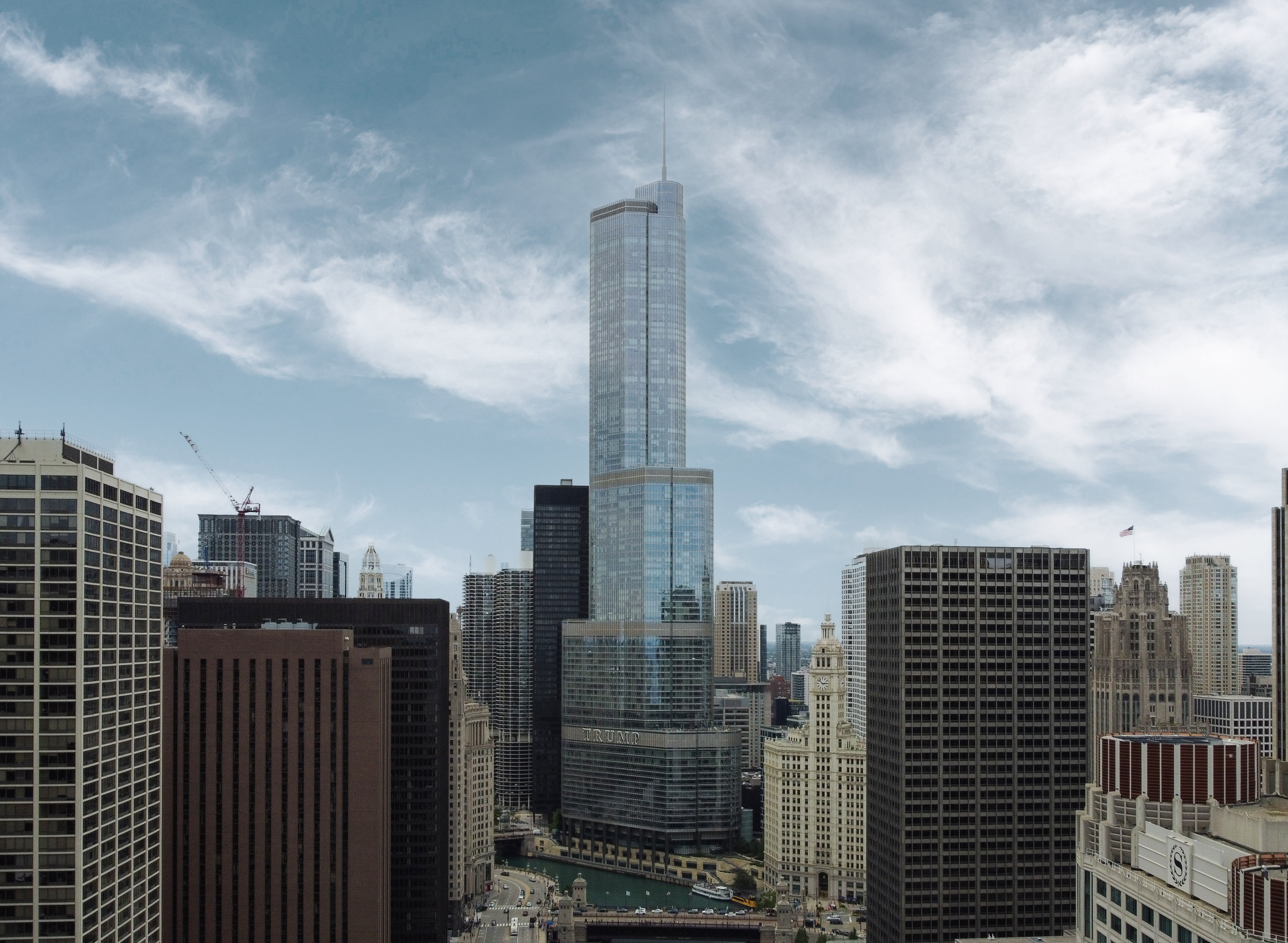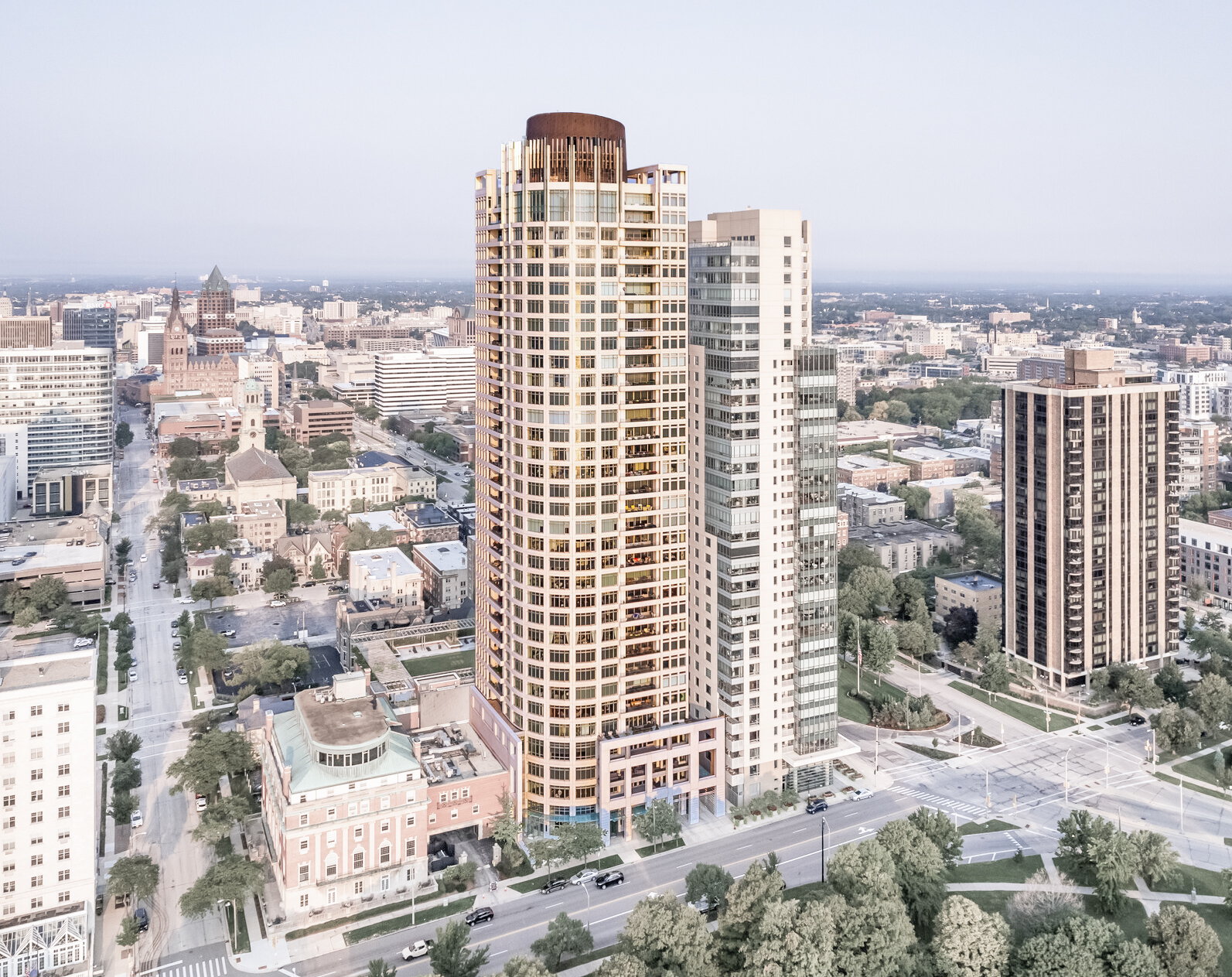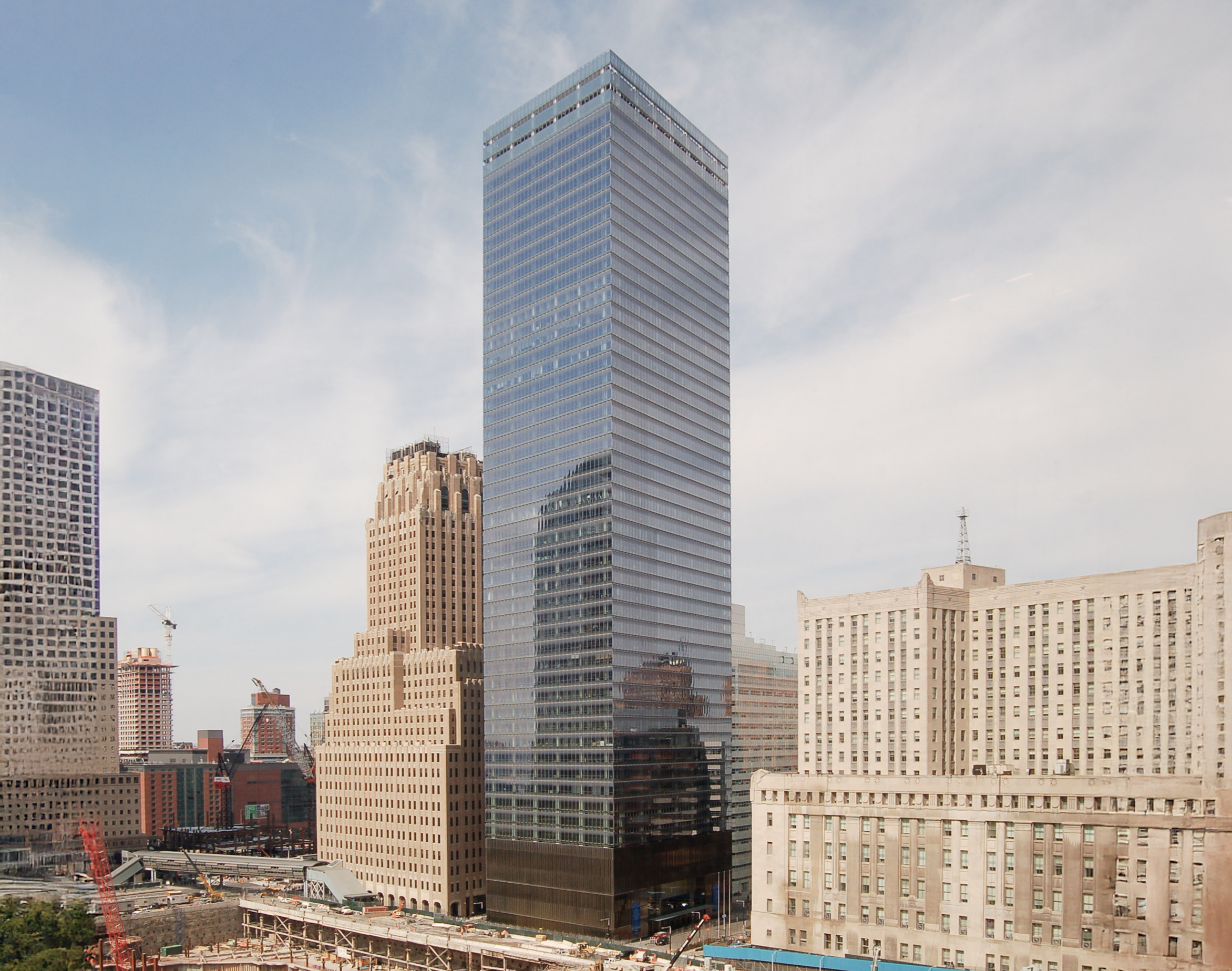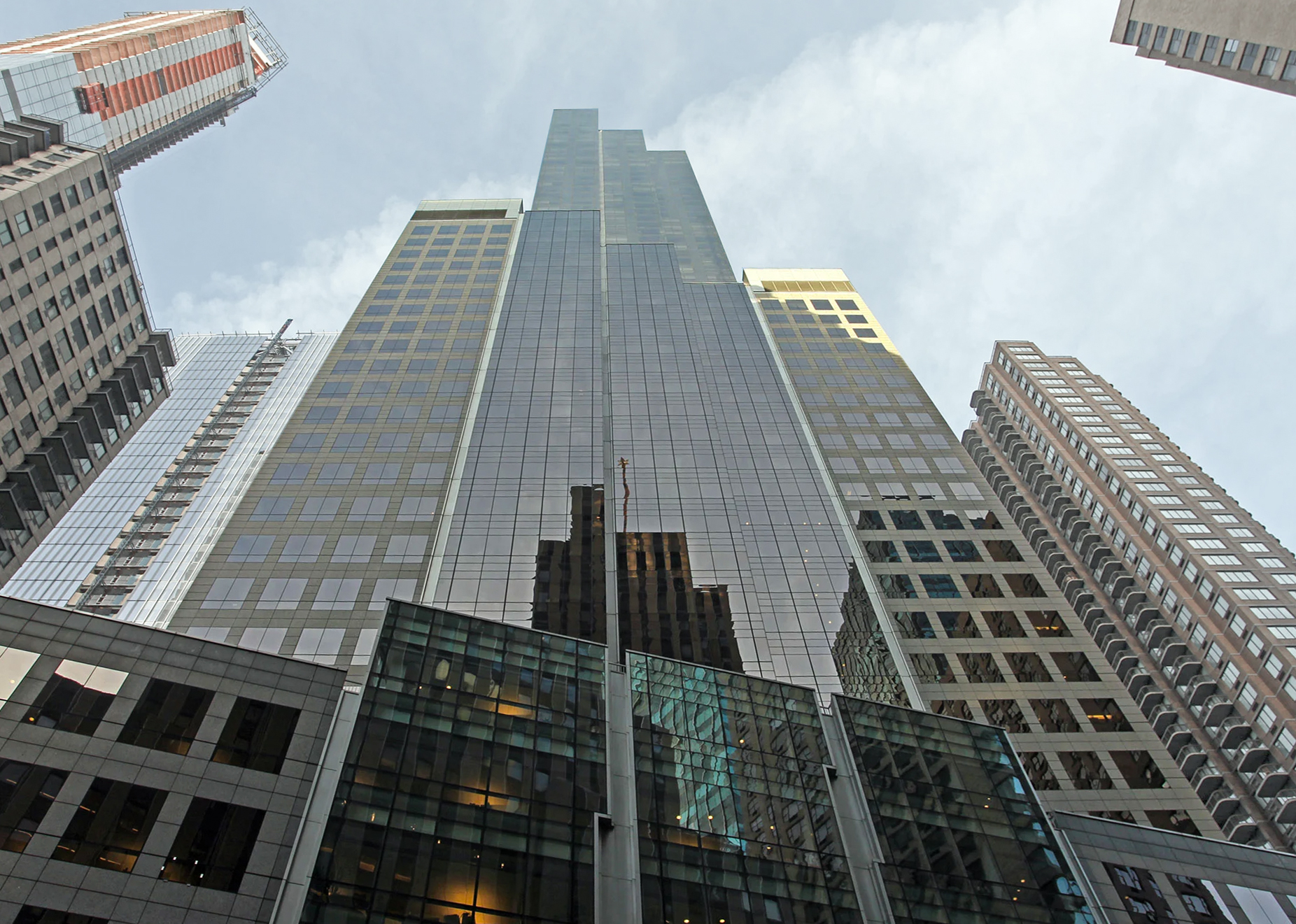The One Chase Manhattan Plaza Building is an International Style skyscraper designed between 1955 and 1956 by Skidmore, Owings & Merrill, with Gordon Bunshaft as lead architect, and built between 1957 and 1961 in New York, NY.
One Chase Manhattan Plaza Building is not the only name you might know this building by though. The building is, or has also been known as 28 Liberty Street.
Its precise street address is 28 Liberty Street, New York, NY. You can also find it on the map here.
The One Chase Manhattan Plaza Building is a structure of significant importance both for the city of New York and the United States as a nation. The building embodies the distinctive characteristic features of the time in which it was built and the International Style style. Because of that, the One Chase Manhattan Plaza Building was officially declared as a national landmark on February 10th 2009.
